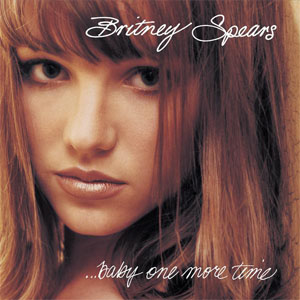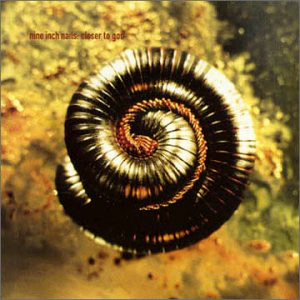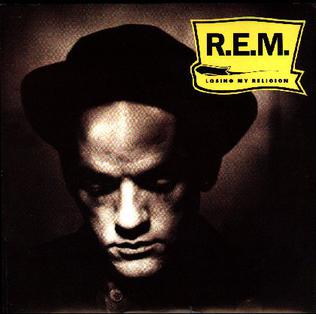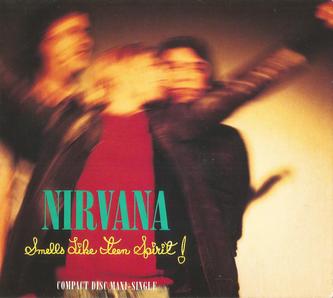Pearl Jam’s debut album, Ten, dropped like a thunderclap in 1991, marking the band, along with Nirvana, as torchbearers of the burgeoning grunge movement. Tracks like “Jeremy,” “Alive,” and “Even Flow” introduced a raw, emotionally charged sound that resonated deeply with listeners navigating the angst of the era. “Alive” in particular became an anthem of resilience, while “Jeremy” showcased the band’s ability to channel societal issues into compelling narratives. The soaring guitar work of Mike McCready and Eddie Vedder’s visceral vocals remain unforgettable.
Over the years, Pearl Jam evolved beyond grunge, displaying a restless creativity. Vs. and Vitalogy expanded their sonic palette, producing standout tracks like “Daughter,” a haunting meditation on miscommunication, and “Better Man,” which blends poignancy and pop sensibility. Meanwhile, songs like “Spin the Black Circle” and “Corduroy” spotlighted their punk-rock influences, proving the band’s versatility. Vedder’s lyrics often straddle the personal and political, giving their music a timeless relevance.
Pearl Jam’s commitment to artistry extends beyond their studio albums. Their live performances, exemplified by their electric cover of Neil Young’s “Rockin’ in the Free World” and the soulful fan favorite “Yellow Ledbetter,” capture the band’s dynamic energy. “Last Kiss,” a surprise hit, has a unique backstory: Vedder discovered an old 45 of the early 1960s version, and the band initially recorded the song as a Christmas gift for fan club members. After its inclusion on a charity album, it unexpectedly became their biggest single, underscoring the unpredictable nature of their career.
Vedder’s solo work, particularly “Hard Sun” from the Into the Wild soundtrack, reflects the introspective side of Pearl Jam’s ethos. Meanwhile, quirky tracks like “Bugs” reveal a band unafraid to experiment with sound and subject matter. Their activism is woven into their art, from the anti-war anthem “World Wide Suicide” to their environmental and social justice efforts.
For over three decades, Pearl Jam has maintained their fiercely independent spirit while forging a deep connection with their fans. A key to the band’s enduring appeal is that they have never wavered on their commitment to intimate storytelling, emotional intensity, and staying true to their creative muse.
Follow Tunes Du Jour on Facebook
Follow me on Bluesky
Follow me on Instagram









